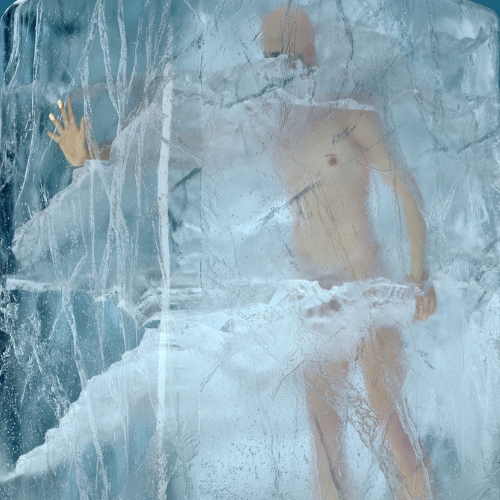Key points from article :
Multicellular invertebrates that are solely female, bdelloid rotifers are renowned for their resistance to radiation.
They are able to survive hostile environments by halting all activity and almost entirely arresting their metabolism.
Researchers used radiocarbon-dating to determine that the rotifers were about 24,000 years old.
Once thawed in a lab setting, the rotifers were able to reproduce.
"...uncertain about the biological mechanisms that allow these tiny organisms to survive in ice for such a protracted period," - Stas Malavin, corresponding study author.
Studying the creatures can help to find ways to improve the cryo-preservation of cells, tissues and organs.
“It gives scientists the possibility of studying how the rotifer has adapted to resist the bad effects of freezing, and…to explore the difference between existing species and their predecessors,” - Matthew Cobb, Professor of zoology at the University of Manchester.
Study by IPCBPSS published in the journal Current Biology.






